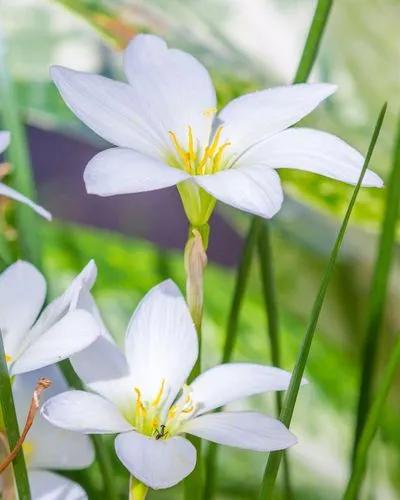Growing coral pea vines (Hardenbergia violacea) are native to Australia and are also known as false sarsaparilla or purple coral pea. A member of the Fabaceae family, Hardenbergia coral pea information includes three species in Australia with a growth area covering from Queensland to Tasmania. A member of the pea flower subfamily in the legume family, Hardenbergia coral pea was named after Franziska Countess von Hardenberg, a 19th century botanist. Hardenbergia coral pea appears as a woody, climbing evergreen with dark green leather-like leaves blooming in a mass of dark purple blooms. Coral pea tends to be leggy at the base and profuse towards the top, as it clambers over walls or fences. In Southeast Australia, it grows as a ground cover over the rocky, shrub filled environment.
Coral-pea Care
Hardenbergia violacea



What is the plant
How to Care for the Plant

Water

Water regularly and allow the soil to dry between irrigations.

Pruning

Prune lightly and regularly to maintain shape and promote fresh growth - prune more firmly after flowering.

Fertilizer

Fertilise with a balanced, controlled release formulation in spring or late summer.
Ease your plant care routine with PlantIn's personalized system.

Sunlight

Plant in sun or light shade in hot inland areas.

Soil

Soil: Moist well drained loams of neutral to slightly acid pH.

Temperature

Hardy to around 23° F and short duration dips to slightly lower – expect severe damage if temperatures drop below 20 F.
Ease your plant care routine with PlantIn's personalized system.

Popularity

257 people already have this plant 28 people have added this plant to their wishlists
What's wrong with your plant?
Related Plants
Discover more plants with the list below
Popular articles






